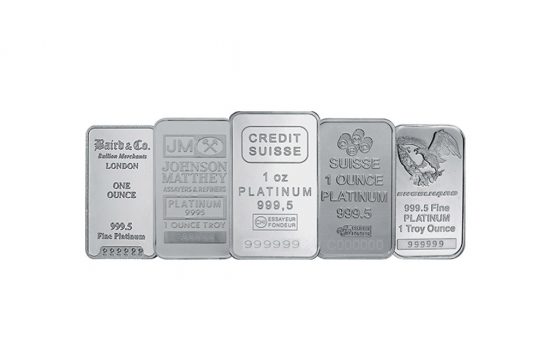Investors struggled to find a firm direction to kickoff the week amid Easter celebrations on Monday. On Sunday, Saudi Arabia and Russia ended the oil price war and agreed to make the biggest oil production cuts in history. Even though more than 20 countries are coming together to stabilise the oil market, risk sentiment remains fragile given that investors are not convinced that the production cuts will halt the freefall.
Wall Street ended mixed on Monday as investors brace for an uncertain earnings season which will be impacted by COVID-19 related risks.
- Dow Jones Average Industrial erased 329 points or 1.39% to 23,391
- S&P500 fell by 28 points or 1.01% at 2,762
- Nasdaq Composite ended 39 points or 0.48% higher at 8,192
Market participants will be monitoring earnings to gauge the extent of damage of the coronavirus pandemic on global earnings and the broader economy. Attention will be on the US banks and the following financial firms that will report their first-quarter earnings:
- JPMorgan
- Citigroup
- Bank of America
- BlackRock
- Goldman Sachs
- Wells Fargo
Major currencies were mixed against the US dollar. Across the FX board, currency pairs remained in tight ranges amid a holiday-thinned trading environment.
The British Pound reclaimed the 1.25 level against the US dollar on the news that the UK Prime Minister has left the hospital and will continue his recovery at his residence.
The Canadian Dollar stayed in familiar levels despite falling oil prices on Monday. The USDCAD pair slipped through the 1.4000 level and is currently trading at 1.3876.
The Australian Dollar reached a high of 0.6410 in the US session against the greenback before firming around 0.6390 level as Easter Monday limited the moves of the pair. The weakness in the US dollar has helped the pair to edge higher despite the risk-off environment. Amid a relatively light calendar in the Asian session, traders will likely look for NAB Business Conditions and Confidence for fresh trading impulse.
Crude oil prices fell despite the biggest oil production cut in history. It was a situation of Buy the Rumour, Sell the News. The OPEC and non-OPEC Ministerial meeting reaffirmed the continued commitment of the participating producing countries in the Declaration of Cooperation (DoC):
- Reaffirm the Framework of the DoC, signed on 10 December 2016 and further endorsed in subsequent meetings; as well as the Charter of Cooperation, signed on 2 July 2019.
- Adjust downwards their overall crude oil production by 9.7 mb/d, starting on 1 May 2020, for an initial period of two months that concludes on 30 June 2020. For the subsequent period of 6 months, from 1 July 2020 to 31 December 2020, the total adjustment agreed will be 7.7 mb/d. It will be followed by a 5.8 mb/d adjustment for a period of 16 months, from 1 January 2021 to 30 April 2022. The baseline for the calculation of the adjustments is the oil production of October 2018, except for the Kingdom of Saudi Arabia and The Russian Federation, both with the same baseline level of 11.0 mb/d. The agreement will be valid until 30 April 2022, however, the extension of this agreement will be reviewed during December 2021.
- Call upon all major producers to provide commensurate and timely contributions to the efforts aimed at stabilizing the oil market.
OPEC+ group is also relying on the international cooperation of the G20 countries and others in stabilising the energy market. The agreement reflects the coordinated commitment and is bringing some positive reassurance on the long haul.
However, trading was volatile in the oil market. After gaining as much as 8%, crude oil prices dropped to familiar levels as of recently. Despite the US commitment to production cuts and reports that the US will also partially compensate for Mexico’s share of production cuts, investors are not reassured that the overall cuts will compensate for the crisis in demand.
As of writing, WTI and Brent Crude are currently trading in the vicinity of $22 and $29, respectively.
Gold rallied to an 8-year high above $1,700 lifted by a weaker US dollar and broad risk-aversion environment. In the short-term, the gains may be capped due to the lack of liquidity, but the overall outlook for gold stays positive given the current uncertainties. As of writing, the XAUUSD pair is currently trading just below the $1,719 level.















